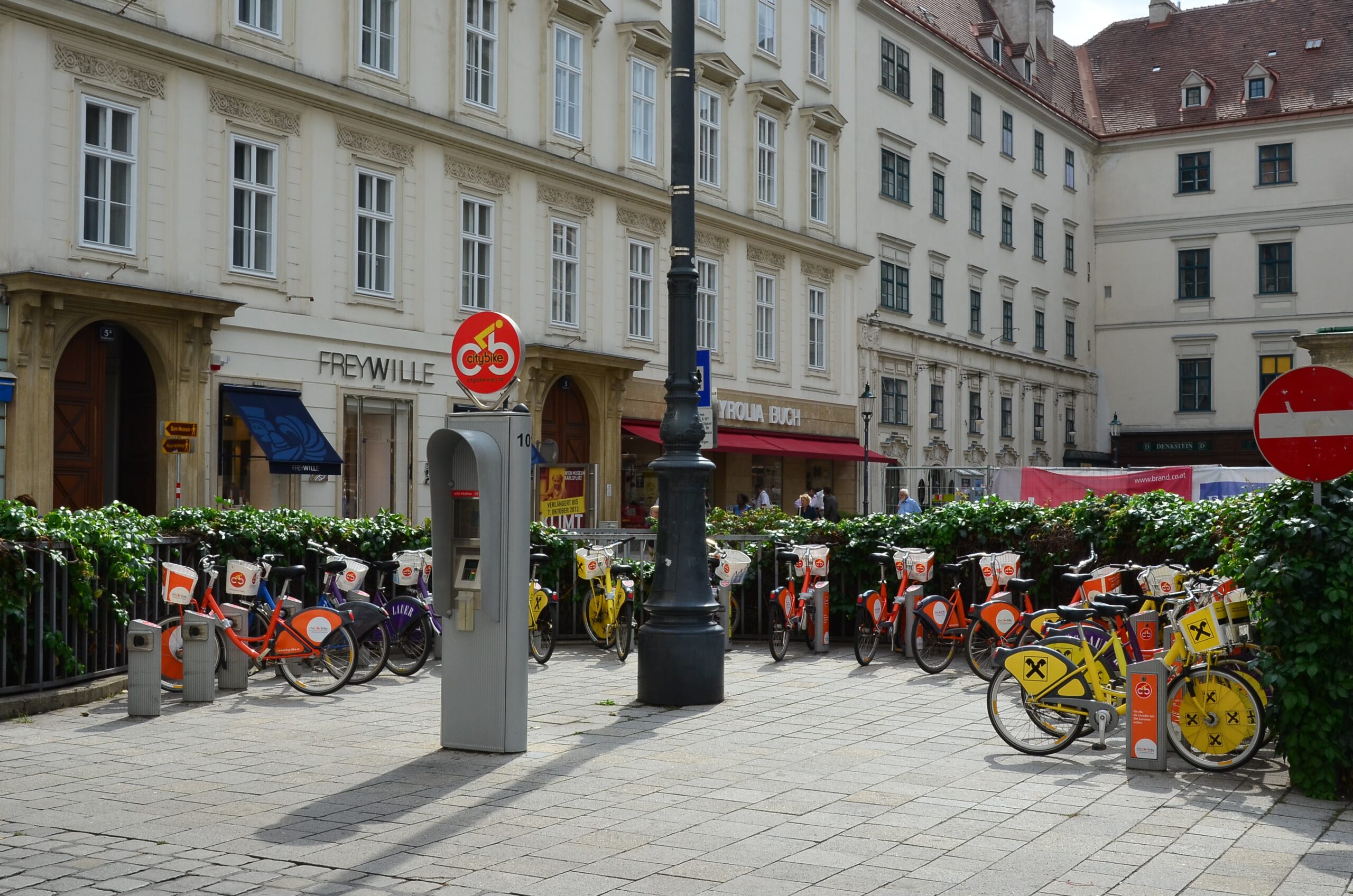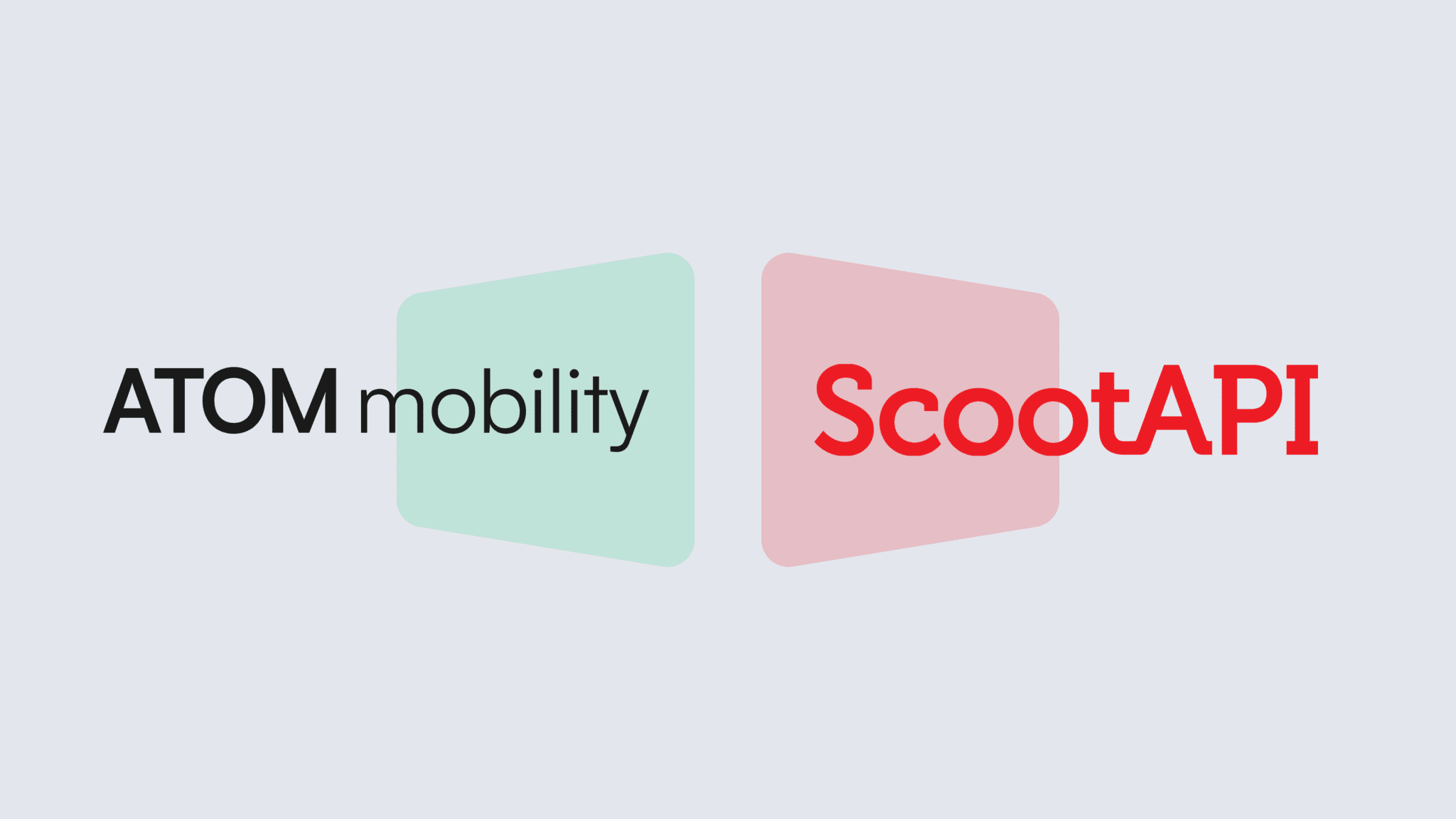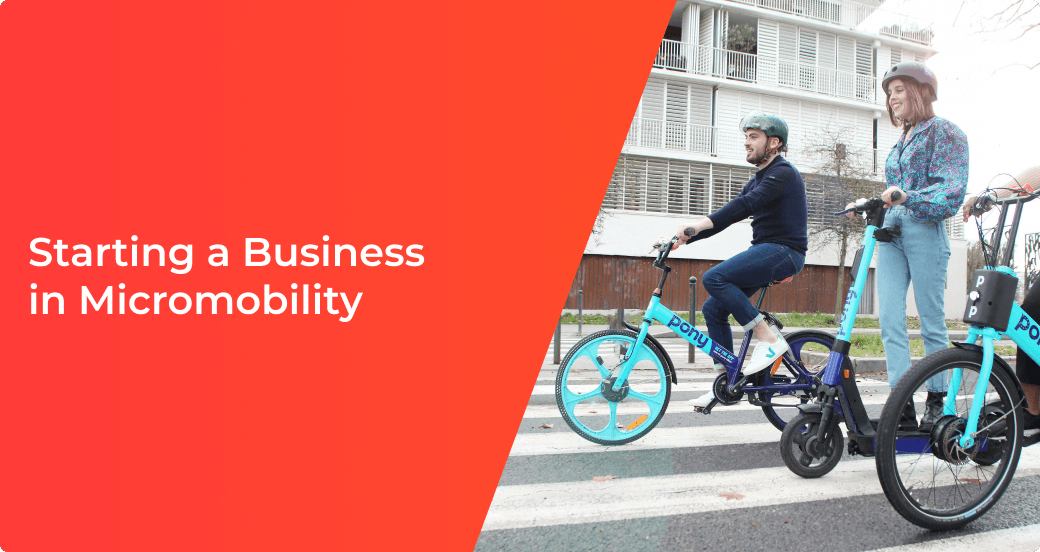With the mass appearance of sharing scooters on the streets of modern cities, operators faced the task of learning how to regulate the movement of their transport and its parking in order to effectively integrate into the city infrastructure. It is worth deciding which sharing model suits your city more. There are 2 main park placement formats: a “Free Float” model, when scooters are placed freely throughout the city at the discretion of the user, and a “Dock Station” model, when scooters move between stationary parking areas, and sometimes there is a mixed option.

“Free Float” model is the undisputed leader of the industry and the most demanded format among operators. Its idea is to cover the maximum possible urban area and enable users to conveniently move between any locations. With this approach, the scooter turns into a real alternative to traditional urban transport, and fewer trips are made for fun. The user does not have to walk long distances to the parking stations, nor does he have to bother finding the nearest available parking to complete the trip.
From a business perspective, this solution frees your service from being dependent on the traffic flow in specific locations and makes it more flexible by being able to quickly respond to fluctuations in demand and quickly rearrange the fleet. In addition, you no longer need to spend on building parking infrastructure, purchasing equipment for stations. On the other hand, the free placement of scooters can become a real problem due to the irresponsible attitude of some users. When a customer has the option to “end the ride anywhere”, the scooters are abandoned, they interfere with passers-by and look sloppy. It is the problem of uncontrolled transport that often serves as an excuse for city authorities to introduce regular bans that kill the profitability of a business. To avoid this, your service can use the concept of “virtual parking”, i.e. places on the map where the user can leave his vehicle in the nearest accessible zone without disturbing others.

Another format is the Dock Station sharing model, i.e. placement of scooters in strictly defined places of stationary parking lots. In this model, the scooter turns into a recreational ride in the recreational areas of the city from station to station. Now your scooter fleet cannot claim the status of an alternative to public transport, as the inability to create a wide coverage area nullifies the flexibility of your service. Your revenue in this case is directly dependent on the flow of people in the locations of your stations. The frequency of trips will inevitably decrease, because it will be inconvenient for the user to drive from home to the store or from the office to the parking lot, spending a lot of time looking for your scooters. Stationary kicksharing services do not solve the transport problems of users and in most cases act as tools for entertainment. In addition, the organization of parking lots is a complex bureaucratic task for businesses, requiring investments in parking infrastructure. You will constantly encounter bans due to the insufficient width of the sidewalk or proximity to historical monuments. But on the other hand, this format will remove the problem of irresponsible parking and reduce the risk of theft or vandalism. In addition, you do not have to spend resources on rearranging vehicles and recharging them.
In terms of business profitability, the Free Float format is far ahead of Dock Station model. This is due to a consistently high trip rate, which relies on the flexibility of transport placement and the need for short trips by users. In turn, stationary kicksharing relies on the leisure travel segment and does not provide such scope for mobility. Despite the obvious advantages of the Free Float model, many operators are forced to either switch to Dock Station model or initially launch their project in this format due to administrative pressure from the city authorities. As we said earlier, this is happening against the backdrop of public dissatisfaction with the uncontrolled scattering of scooters on the streets of the city. If you are not targeting the entertainment segment, and your service is designed to solve user transportation problems, convince the authorities of your city that the concept of virtual parking allows you to effectively cope with the uncontrolled placement of vehicles and use all the advantages of the Free Float model to the benefit of your business.
The functionality of the Scootapi platform will allow you to easily manage your fleet, control the movement of users and compliance with parking rules. Our software for fleet management makes it possible to divide the city space into permitted and prohibited areas for the placement of vehicles, which you can always agree with the city administration. With our help, you will squeeze the maximum efficiency from the Free Float model, including thanks to the analytics tools available on the platform: you will see fluctuations in demand, your customers’ travel routes and any illiquid vehicles. This information will allow you to make management decisions and improve the efficiency of your business.



